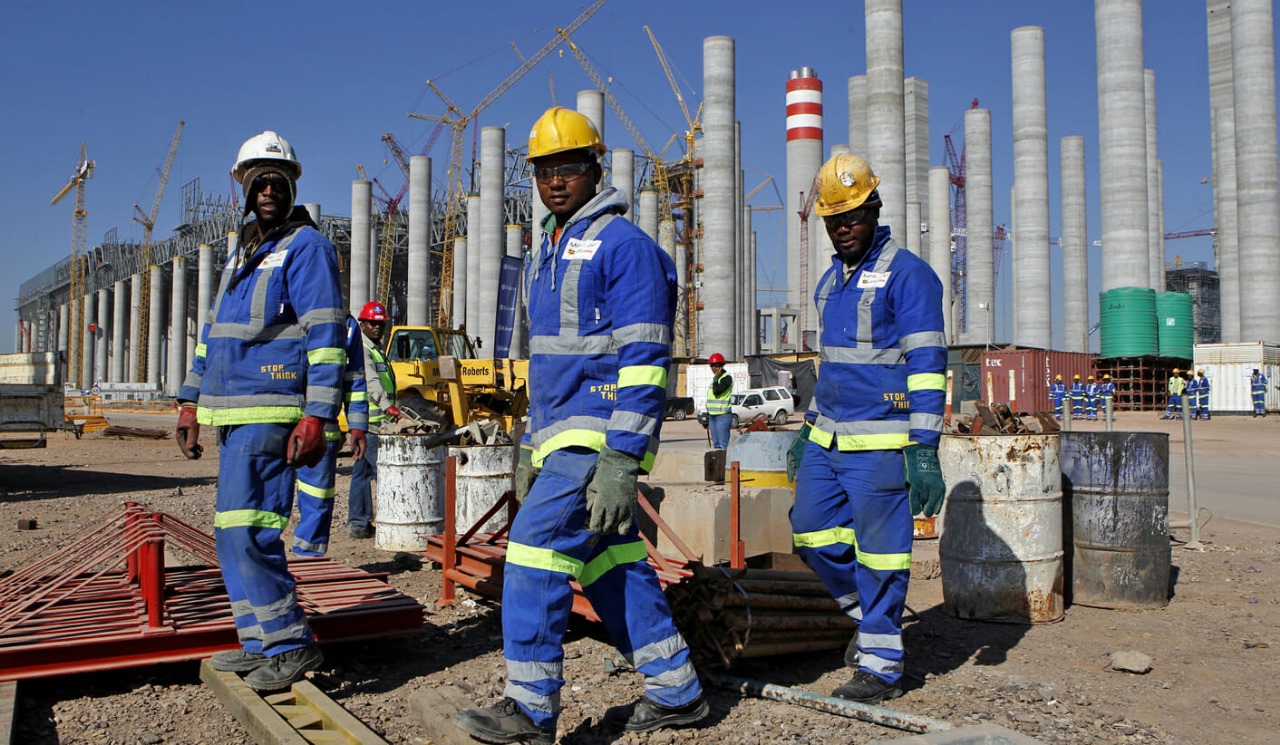The Economic Benefits of Austin Construction for Local Communities

Austin’s rapid growth is not just changing its skyline — it’s transforming the economic landscape for local communities throughout the city and surrounding areas. The ongoing surge in austin construction projects is a powerful engine fueling job creation, business growth, and improved quality of life for residents.
This article explores the key economic benefits that Austin construction brings to local communities, highlighting how the industry’s development positively impacts neighborhoods beyond just new buildings.
Job Creation and Workforce Development
One of the most direct economic benefits of Austin construction is the generation of thousands of jobs. From architects and engineers to skilled tradespeople and laborers, construction projects provide diverse employment opportunities. These jobs often offer competitive wages and career growth paths, helping to strengthen the local workforce.
Moreover, many construction companies partner with training programs and organizations like Associated Builders and Contractors to develop apprenticeship and certification programs. This investment in workforce development ensures that local residents can access long-term, sustainable employment within the industry.
Stimulating Local Businesses and Supply Chains
Construction projects require vast amounts of materials, equipment, and services, which in turn support local suppliers and small businesses. Austin construction creates demand for concrete, steel, lumber, and other building materials sourced from regional vendors. Additionally, service providers — including logistics, catering, and equipment rental companies — benefit from ongoing construction activity.
This economic ripple effect strengthens Austin’s business ecosystem, supporting entrepreneurs and suppliers while keeping capital circulating within local communities.
Increasing Property Values and Community Revitalization
New construction often revitalizes underdeveloped or aging neighborhoods by introducing modern residential, commercial, and mixed-use developments. These improvements raise property values and attract new investments, encouraging further development and urban renewal.
Through carefully planned projects, Austin construction helps create vibrant, walkable communities with enhanced amenities, parks, and public spaces that benefit residents and businesses alike.
Expanding Tax Revenue for Public Services
With new developments come increased property and sales tax revenues for the city and local governments. This additional funding supports public services such as schools, transportation, public safety, and parks — all of which contribute to the overall well-being of Austin communities.
By driving growth in the tax base, Austin construction helps fund infrastructure improvements and community programs that enhance residents’ quality of life.
Promoting Sustainable and Inclusive Growth
Austin construction increasingly integrates sustainability and inclusivity into projects, ensuring that economic benefits extend broadly across communities. Many developments incorporate affordable housing, green building practices, and accessible design to meet diverse needs.
These efforts promote equitable growth that balances economic vitality with environmental stewardship and social responsibility.
Conclusion: Austin Construction as a Catalyst for Community Prosperity
The economic benefits of Austin construction extend far beyond the creation of new buildings. By generating jobs, supporting local businesses, increasing property values, and funding public services, the industry plays a crucial role in uplifting communities across the region.
For builders, contractors, and stakeholders, understanding the profound impact of construction projects on local economies is essential. Organizations like Associated Builders and Contractors continue to support these efforts by fostering skilled labor, ethical practices, and innovation in Austin construction.
As Austin grows, construction remains a powerful force driving prosperity, opportunity, and community resilience for years to come.
Leave a Reply